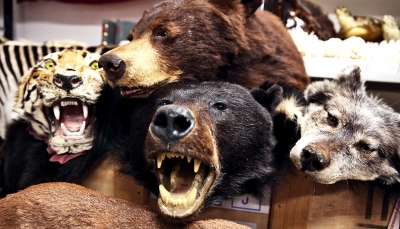
Wildlife trade refers to the commerce of non-domesticated animals or plants, usually extracted from their natural environment or raised under controlled conditions, either as living or dead animals or their body parts.
Illegal wildlife trafficking is any environment-related crime that involves the illegal trade, smuggling, poaching, capture or collection of endangered species, protected wildlife (including animals and plants that are subject to harvest quotas and regulated by permits), derivatives or products thereof.
At the core of the illegal wildlife trafficking is a strong and rapidly expanding demand for a variety of products around the world: bushmeat; ingredients for traditional Chinese medicine; exotic pets; jewelry, trinkets, and accessories such as chess sets; furs for uses ranging from coats to traditional costumes; and trophies.
Wildlife trade is regulated by the United Nations’ Convention on International Trade in Endangered Species of Wild Fauna and Flora (CITES), which currently has 170 member countries.
Illegal wildlife trade, however, is a widespread and serious conservation problem, it has a negative effect on the viability of many wildlife populations and is one of the major threats to the survival of vertebrate species.
Credit : Wildlife Trade
Picture Credit : Google




